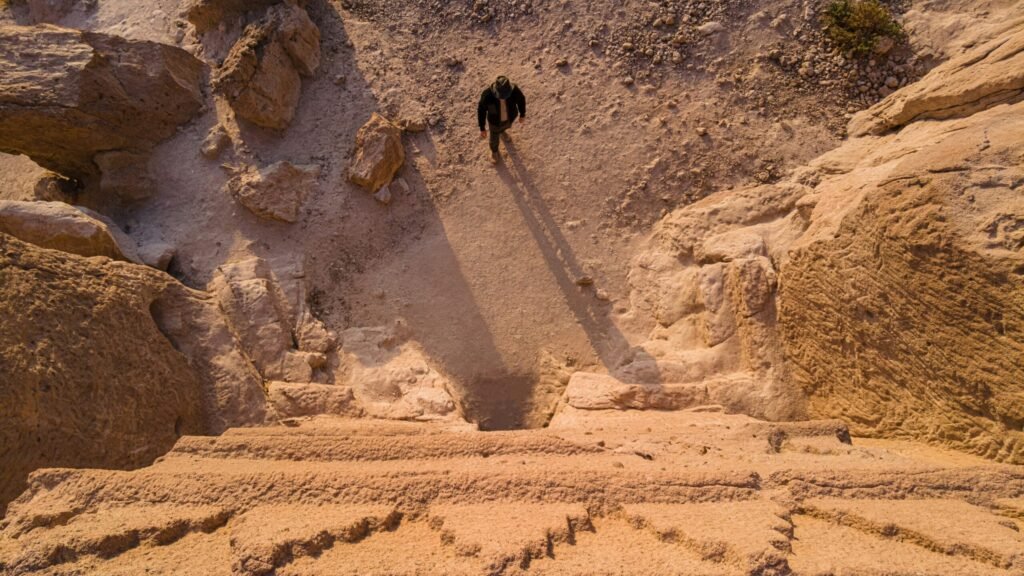Heritage tourism is not just about where you go—it’s about why you go. It offers a powerful way to reconnect with the past, deepen your sense of identity, and pass stories on to the next generation.
As you trace your lineage and walk the streets your ancestors once did, you create a bridge between history and the present—making your journey more than a vacation. It becomes a pilgrimage of self-discovery, memory, and legacy.










